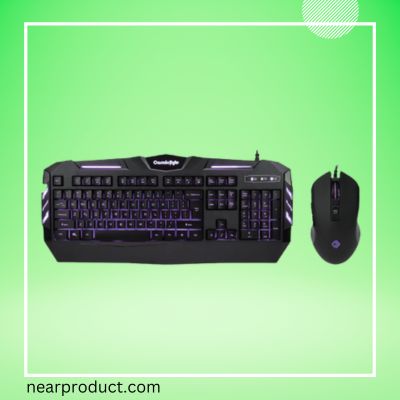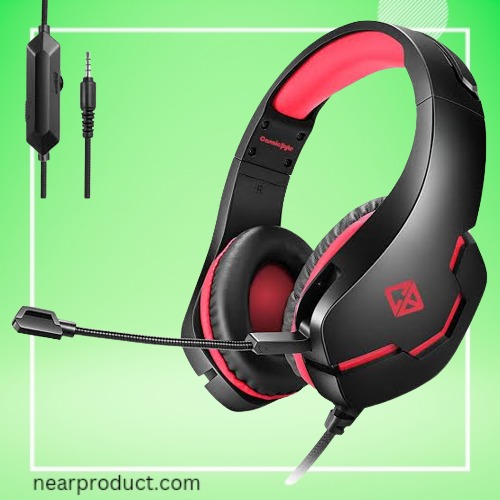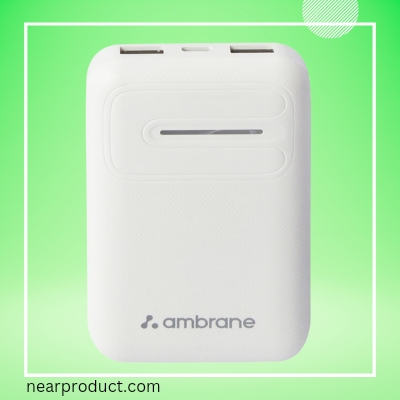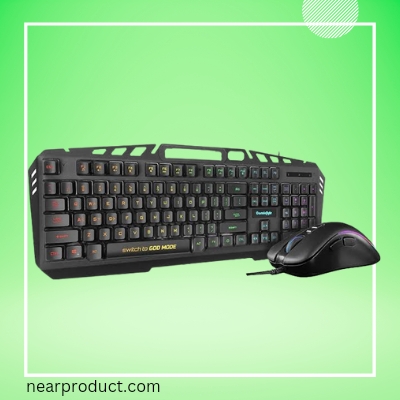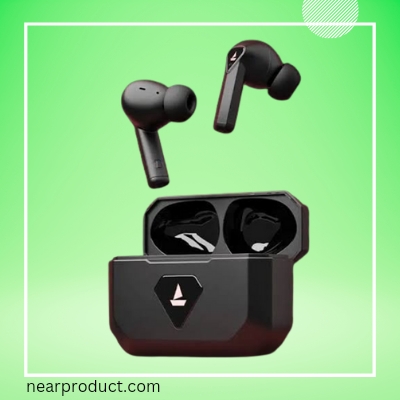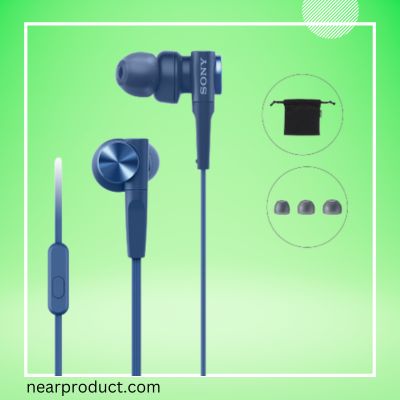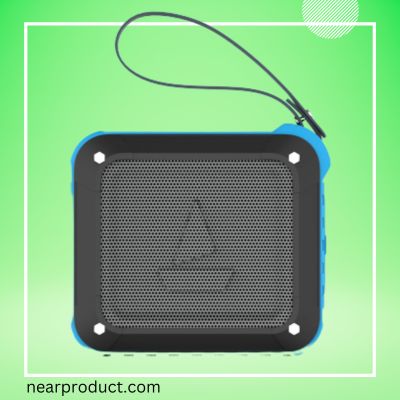The decision between an oil-filled room heater and a blower has a significant impact on both energy usage and comfort levels when it comes to heating a room or office. In this guide, I will explain to you the main differences between oil-filled room heaters and blower heaters. So that you can choose a good room heater that meets all your needs.

DONT MISS:- Best room heater under 2000
Table of Contents
Heating Methods Demystified
Oil-filled Heater
An oil-filled heater heats mineral oil inside its internal element, which then radiates a constant, mild heat outward. Its brilliance is in its ability to hold heat long after it is switched off, creating a constant, comfortable environment. By using this technique, the temperature distribution is more uniform and air drying is prevented.
Blower heater
Blower heaters rapidly heat an entire room by air convection using a fan to blow air over a blower heating coil. The drawback of this heater is that, once the blower stops, heat loss occurs rapidly, which can lead to uneven temperature distribution and dry air.
Heating Effect: Radiant Warmth vs. Quick Convection
Oil-filled Heater’s Radiant Warmth
The oil-filled heater performs exceptionally well at emitting a soft, even heat that warms nearby items. This produces a more consistent and cozy temperature, which makes it the perfect option for quiet areas like nurseries and bedrooms. Besides, it keeps the air less dry than blowers, which makes the interior air quality better.
Blower’s Quick Convection
The blower, on the other hand, is designed to heat the air in the space rapidly and provide warmth right away. However, due to possible temperature fluctuations, this may result in a localized feeling. Furthermore, the quick heating process could dry out the air, which could be uncomfortable and irritating, especially for people who have respiratory problems.
Speed: Patience vs. Instant Gratification
Oil-filled Heater’s Gradual Warmth
When using the oil-filled heater, which takes 15 to 20 minutes to reach its maximum heat output, patience is essential. But the result of this slow process is heat retention, which keeps the light shining even after the heater is switched off.
Blower’s Instant Gratification
As promised, the blower quickly heats the space and gives it instantaneous warmth. Regretfully, when the blower is turned off, there is a rapid loss of heat as a result of this prompt relief.
Noise Levels: A Battle of Hum vs. Whir
Oil-filled Heater’s Serene Operation
If quietness is your top priority, the oil-filled heater comes out on top. With just a slight humming from the heating element, its operation is nearly silent, so you can enjoy the warmth without any extraneous noise.
Blower’s Audible Presence
Conversely, the blower may produce noise, particularly at higher power levels. The fan’s whirring may be disruptive in peaceful settings, therefore it’s not the best choice for places where a calm atmosphere is necessary.
Safety First: Exposed Elements vs. Encased Warmth
Oil-filled Heater’s Safety Assurance
The oil-filled heater is the most secure option. It is usually seen as safer because it has a low surface temperature and no exposed heating sources, which lowers the possibility of unintentional burns.
Blower’s Cautionary Notes
On the other hand, the blower requires extra care. Care must be used while handling the exposed heating element and potentially hot airflow, particularly in homes with small children or pets.
Cost Considerations: Initial Investment vs. Long-Term Expenses
Oil-filled Heater’s Upfront Investment
Although the oil-filled heater may initially cost more, over time it will prove to be a more economical option due to its extended lifespan and energy-efficient functioning. Reduction in operating expenses and steady performance are benefits of the initial investment.
Blower’s Budget-Friendly Appeal
However, in terms of initial expenses, the blower is typically more affordable. However, because of its greater energy use, it can eventually result in higher operational costs.
In Summary: Tailoring Your Choice to Your Needs
In conclusion, your unique needs and priorities will determine which heater is best for you. Take into account the room’s dimensions, the preferred heating rate, your sensitivity to noise, your financial situation, and any health issues.
For reliable, even heating, silent operation, safety, no air drying, and residual heat even after turning off, go with an oil-filled heater. Perfect for peaceful areas, nurseries, or bedrooms.
If you value speedy start heating, are on a tight budget, and have limited space, go with a blower. But be aware of the hazards related to air drying, noise, and safety.
In the end, your choice should be in line with your particular lifestyle and tastes, regardless of whether you like the rapid warmth of a blower or the steady glow of an oil-filled heater.
Oil-filled room heater vs blower heater

